Technology evolution modernizes and improves every tech field to get them ready for the next generation. Every tech field is evolving, including digital device design, automation, software development, and even UI/UX design. Technology evolution, user-centricity, and HCI innovations drive UI/UX design to help designers build more friendly, usable, productive digital products for all users.
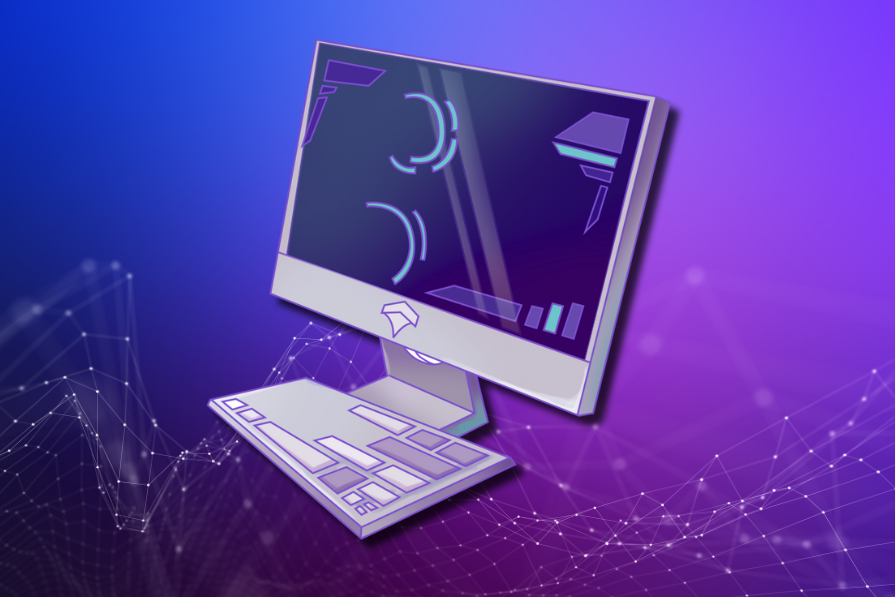
UI/UX design evolution turned complex, brutalist, old digital product interfaces that only tech-savvy users could use into minimalist, user-centric, self-explanatory, modern ones that even a five-year-old can learn to use in five minutes. This didn’t happen instantly; UI/UX design went through about four evolutionary eras to reach its current modernized stage. The modern UI/UX design isn’t the final era — the UI/UX design field is still evolving rapidly with impressive innovations and experiments. Can you predict what digital product UIs will look like in the futuristic era, which comes about after several years?
In this article, we will explore the evolution of UI/UX design and make three predictions that offer promising insights about the next era of UI/UX design. Let’s find out how the digital product interfaces will look and behave in the futuristic era.
The foundational concept of UI/UX design may have existed thousands of years ago, but the separate UI/UX design field for digital product design started its journey around the 90s, with user-interaction-focused enhancements in popular operating systems, and after the rapid popularity of WWW (the World Wide Web).
The UI/UX design used and dropped different design concepts to improve UIs within five eras:
In this era, UIs focused more on functionality than visual aspects, using basic interaction with buttons, links, and text. Classic UIs were very basic, mainly with keyboard interaction, usually complex, not well colorized, and not so user-friendly because the UI/UX design concepts at this stage were rudimentary:
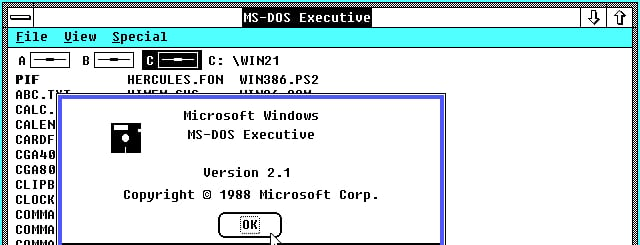
Post-classical designs were slightly improved classical designs with better color selections, improved imagery, and some primary UX enhancements, like improved grouping and spacing, but were still significantly complex for users:
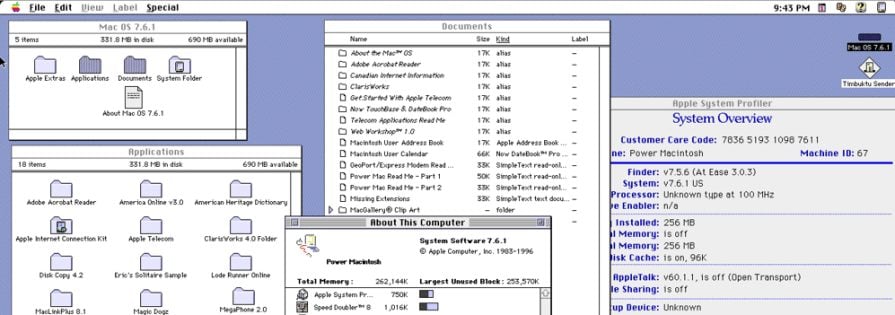
In this era, UI/UX designers tried to make UIs look like real-world objects using design properties like shadows, gradient-based shading, 3D design effects, glass-like transparent layers (i.e., glassmorphism), etc.:
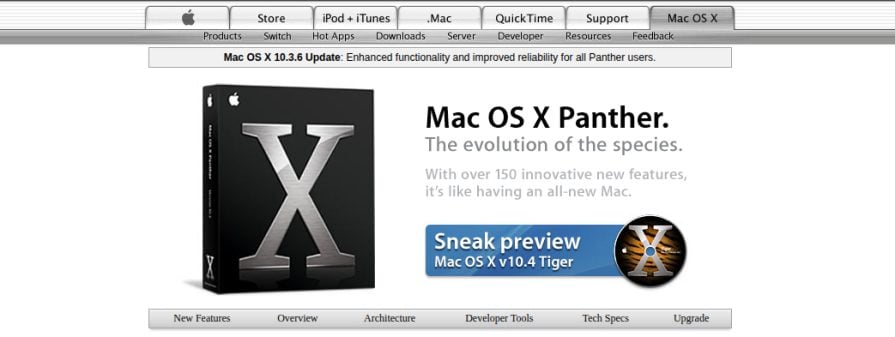
Designers started trying to reduce visual clutter by removing some major skeuomorphic properties and moving toward flat design, also with significant UX improvements, especially with better information architecture, and minimalistic design:
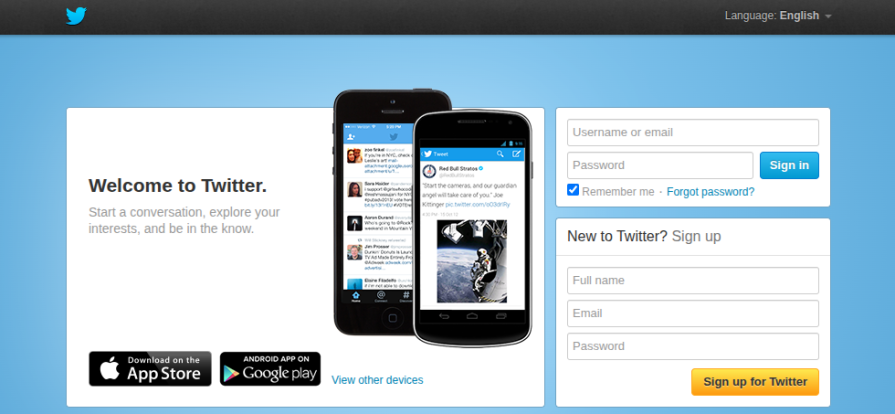
Modern designs are optimized for users with user-centricity. UI/UX designers started making modern designs by removing all skeuomorphic properties, fully adhering to minimalistic flat design:
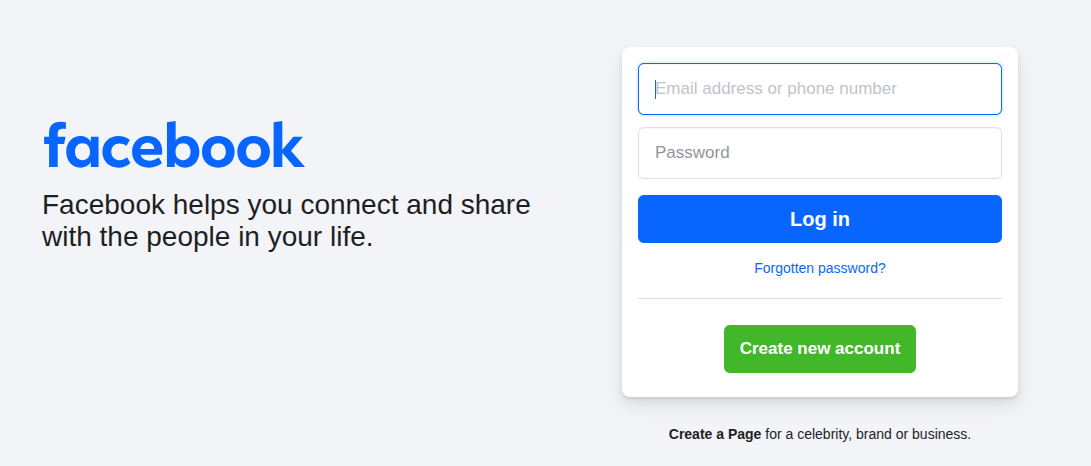
Technically, it’s possible to design any modern digital product using classical, brutalist, complex designs, but such designs won’t survive in the industry with evolved user expectations and behavior. Each era outdates our products and urges us to redesign, but evolved design eras come with major benefits for both users and organizations, so UX evolution is essential:
Usability, user satisfaction, personalization, and overall UX get improved when designers increase user-centricity in designs. UX evolution in every design era improves user-centricity by introducing new design concepts and techniques.
For example, in the past UI/UX design eras, UI designers and even developers built product interfaces without worrying much about user-centricity since it wasn’t a major consideration, but now most companies hire UI designers and UX designers separately and reduce developers’ involvement with UX with a well-planned design handoff to improve user-centricity in both UI and UX aspects.
Earlier, people feared technology, had less computer literacy, and, on the other hand, technology was expensive. A printed manual came with every software product, not only because they were only for professionals, but also because past software UIs had learnability issues and other UX design issues. Digital products in early design eras were neither easy to learn nor had friendly, personalized interfaces.
UX evolution gradually makes digital products simpler and more effective by enhancing user-centricity, learnability, and usability, reducing excessive user interaction. As a result, now everyone has started going digital, from big companies to every individual on the earth, expanding digitization to invite everyone to use digital products, regardless of age, physical abilities, or computer skills.
Tooltips, Popups, auto-completes, accordions, step-by-step forms, in-app product intros, infinite scroll, skeleton loading, all these are remarkable innovations by UI/UX designers during different design eras. We would never see these impressive UI/UX concepts if we stayed forever in the classical design era.
UI/UX evolution encourages designers to think beyond the present design era, experiment, and build a new design era with enhanced UX concepts and implementations.
We can’t tell what exactly happens in the futuristic UI/UX design by just looking at the modern era. However, we can undoubtedly make some predictions for the futuristic era by evaluating current design trends in major tech companies and modern products:
Minimalism refers to having fewer elements in the design space. We can’t tell how many elements should exist in a specific minimalistic design, so minimalism has multiple possibilities: a designer can achieve minimalism by reducing 55% of elements in a complex product, and another design can reduce 45% of elements and still call it a minimalistic design, and so on. With evolving technology like AI and HCI, we can reduce the visual segments and clutter to the lowest possible level, optimizing usability.
Hyperminimalism is about achieving extreme minimalism by using the fewest possible visual segments. In hyperminimalistic designs, users see what they really expect from a product, for what they are looking for at a specific moment, nothing else, with the following major characteristics:
We can’t see the complete, future hyperminimalism in modern products, but we can see some hyperminimalistic design properties in several popular products.
Every Google product reduces excessive visual clutter and improves user productivity by reducing cognitive load with hyperminimalistic design properties:

Medium is well-known for its modern, minimalistic design. Its hyperminimalistic public homepage design has only three major screen segments, but attracts website visitors and offers easy navigation:
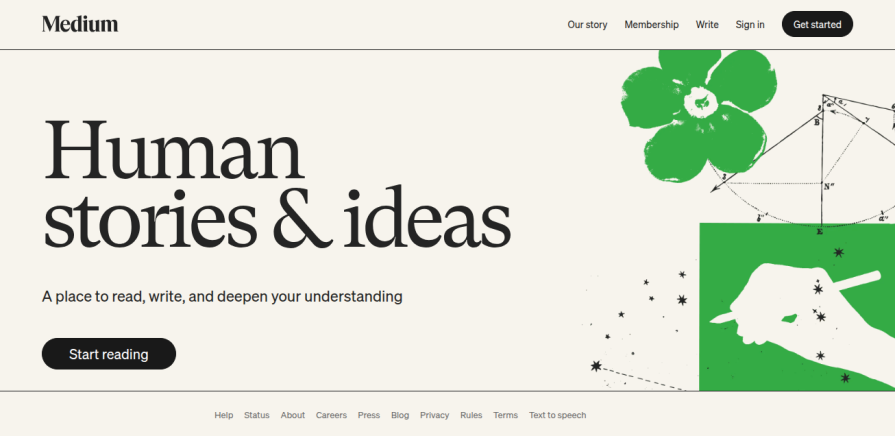
Ubuntu’s file manager app, Nautilus, uses a more hyperminimalistic design compared to other popular operating systems:
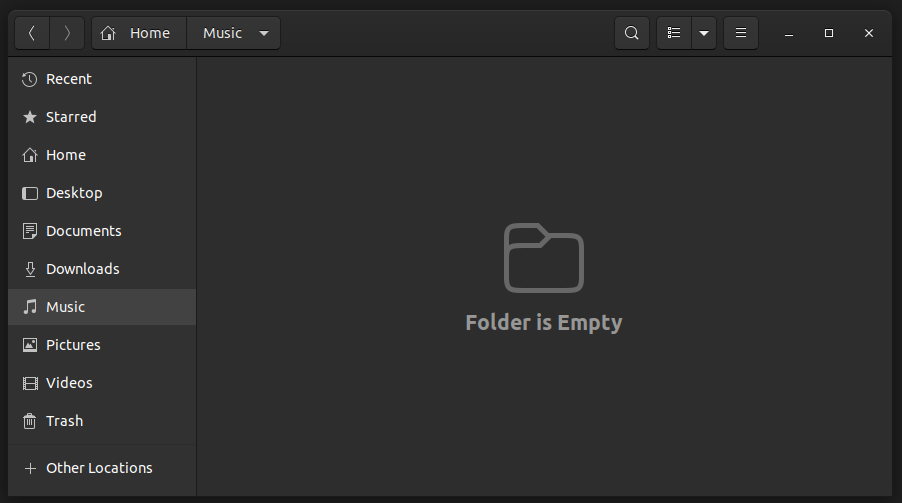
Under hyperminimalism, product designers will always try to optimize visual segments and interaction points to reduce UI complexity to the lowest level. Achieving hyperminimalism without dropping mandatory features or visual segments can be hard, so new technologies will emerge to help designers achieve hyperminimalism, such as intelligent touch screens, UX-focused sensors, etc.
A possible hyperminimalistic design era will focus more on optimizing UI and IxD (Interaction Design) with deep UX research.
Pure minimalism reduces visual clutter, but it makes the design more neutral. Maximalism is energetic, but it can be too visually striking for users. So, what if we make simple designs but with an energetic theme by using both minimalistic and maximalist principles together?
Maximinimalistic designs use design principles from both minimalism and maximalism design philosophies to build simple but energetic digital product interfaces:
There aren’t fully maximinimalistic products yet in the digital product ecosystem, but we can notice that many AI-powered, advanced technology-based, and entertainment-focused companies are experimenting with maximinimalistic design features:
The GitHub Copilot landing page uses neon colors and effects, especially for the advanced AI theme of the marketed product:

Some minimalistic Google designs slowly started using maximinimalistic properties. For example:

Pepsi started using more maximinimalist design factors in both its logo and the company website compared to early designs to increase the overall energetic feel under minimalism:

Maximinimalism will help digital products get out of the traditional, formal, professional environment and be more energetic, entertaining, and direct, using maximalistic principles on a minimalistic design foundation. The future digital products can be more personalized and can become more friendly with users using a maximalistic tone. Maximinimalism will invite everyone to use technology by creating an entertaining environment.
A possible maximalistic design era will focus more on making technology ready for everyone by making technology entertaining, while also adhering to ethical design concepts.
If you think from a fictional perspective, what would the next futuristic UI be? Every science fiction movie or computer game tries to visualize futuristic UIs using some special visual properties that give hints about a technologically advanced generation, such as neon colors, UI elements with square or sharp edges, scientific imagery, and sci-fi animations. In several industries, some science fiction concepts became real with rapid technological evolution. For example, automobile design has slightly become what we imagined a few decades back, e.g., Tesla CyberTruck, Jaguar Type 00, etc. So, fiction can become a reality in UI/UX design too.
The fictional futuristic design era will use properties from GUIs in science fiction movies and computer games to give a futuristic look and feel for users, also using advanced user interaction features. In a possible fictional futuristic design era, designers will try to let users feel the state of developed technology through UI with the following characteristics:
Pure fictional futuristic design is still in sci-fi movies and computer games, but some modern digital products have started experimenting with it.
Most AI agents and chatbots use a typing effect to reveal a new AI-generated concept, similar to typing animations in fictional computer devices to give a futuristic feel:
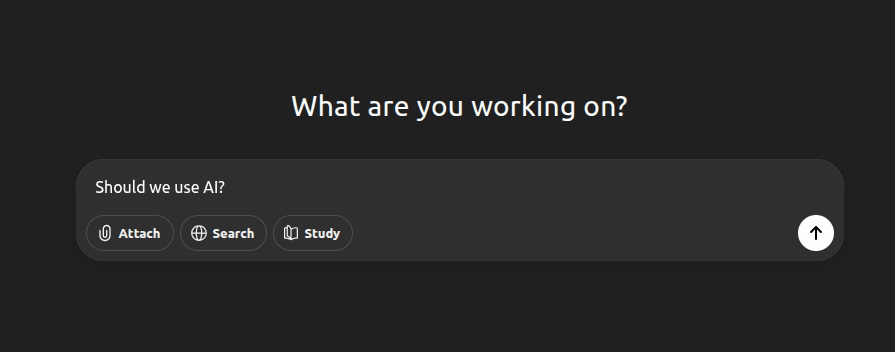
xAI, SpaceX, Tesla-like companies use fictional futuristic typography, animations, UI elements, and faded neon color selections:
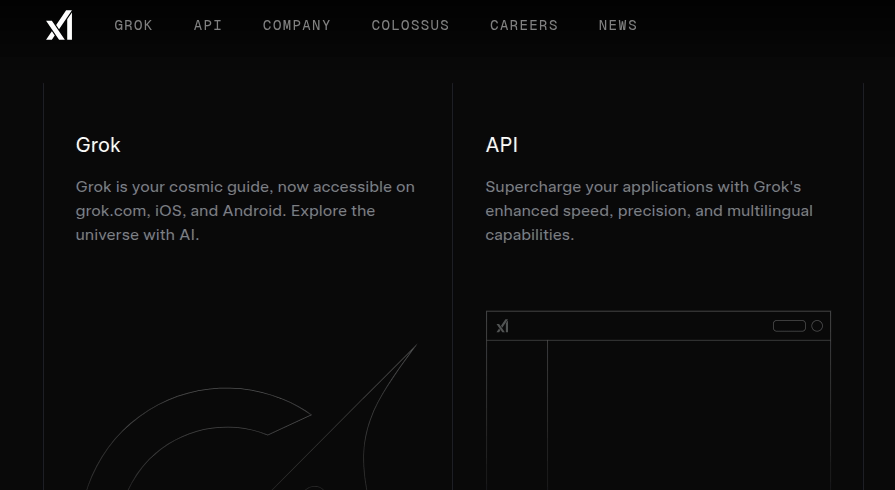
Some EVs that come with a next-level futuristic design started using the fictional futurism concept in their operating system UI designs:
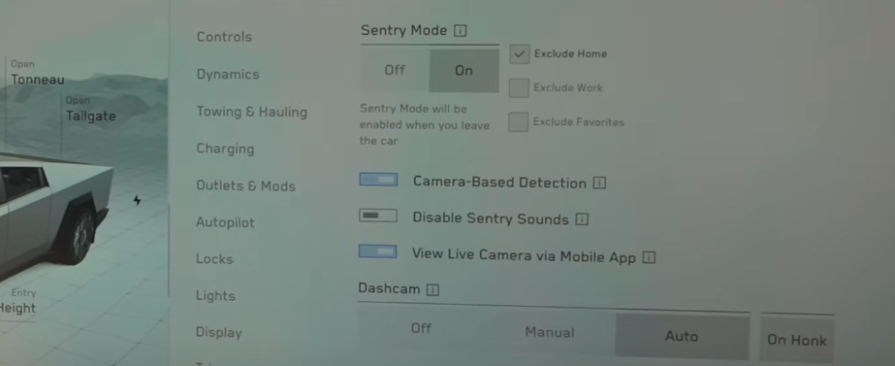
In a fictional, futuristic design era, what we now imagine as the future, especially from sci-fi concepts, will become a reality. These designs will try to visualize and let users feel the state of developed, advanced technology using sci-fi design concepts. To further enhance fictional futurism, designers and scientists will collaboratively invent new user interaction mechanisms, especially investing more in biotechnology and AI.
Functional futuristic designs will focus more on letting users feel the growth of the advanced technology and improving productivity by optimizing user interactions.
At this stage of the modern design era, all product designers are experimenting with new ideas using hyperminimalistic, maximalistic, and sci-fi design concepts. The next UI/UX design era will turn into a specific philosophy from these predicted ones based on the following major factors that affect the overall design ecosystem:
UIs got colors after color screens were invented. The invention of the computer mouse started the development of modern pointing-enabled operating systems. Technological innovations change the way of the UI/UX evolution. At this stage, we can’t imagine what exactly a future IxD process would be since we don’t know about future innovations that affect UI/UX design.
The nature of future technological innovations directly affects the philosophy behind the next UI/UX design.
Similar to technological innovations, designers innovate new design concepts and create new theories and laws for UI/UX design to serve users better. The evolving UI/UX design field brings new UI components, user psychology theorems, and general usability design concepts based on experiments and research.
UI/UX innovations that prove enhanced usability, productivity, and accessibility will affect the next design era’s design fundamentals.
UI/UX designers have the freedom to build any design using any design philosophy. However, in reality, most designers use popular design systems like Material or create their own design systems/style guides based on design concepts that tech giants like Google, Meta, Netflix, and Apple follow. Most designers decide to go with the current design flow that tech giants use rather than inventing something new to create a consistent product ecosystem for users, so users can easily switch between products without learning or unlearning.
Tech giants’ design decisions have a major effect on UI/UX evolution, and they can directly influence the UI/UX design era.
UI/UX design is a part of the whole massive design field, which includes automobile, apparel, building, device, and other product design fields. All these design subfields evolve together and cause the whole design field to evolve. Innovations and new concepts in all these design subfields affect UI/UX design since UI/UX designers often form new design concepts from everyday products:
| Real-world object | Related UI/UX element |
|---|---|
| Buttons in machinery and equipment | Button |
| SPDT switch-like real switches | Toggle |
| Slide potentiometer | Slider |
| Old automobile radio buttons | Radio button |
| Checked item in a paper to-do list | Checkbox |
In this article, we understood the UI/UX evolution and made three predictions for the next design era. Many popular digital product designs still use a few properties of each prediction, so at this stage, we can’t guess which design philosophy will back the next design era.
The next UI/UX design era will be hyperminimalism, maximinimalism, or fictional futurism. On the other hand, it can be a mix of all predicted design philosophies, perhaps, hypermaximinimalisticfuturism (we need a better name for this).
As designers, we don’t need to worry about the next design era, since whatever the next design era will be, we all try to improve the UX of digital products to serve users better and help organizations grow, just as the next design era. The next design era would be anything; we can easily upgrade our products for it if we adhere to fundamental UI/UX design principles and evolve with evolving UI/UX design.
LogRocket's Galileo AI watches sessions and understands user feedback for you, automating the most time-intensive parts of your job and giving you more time to focus on great design.
See how design choices, interactions, and issues affect your users — get a demo of LogRocket today.
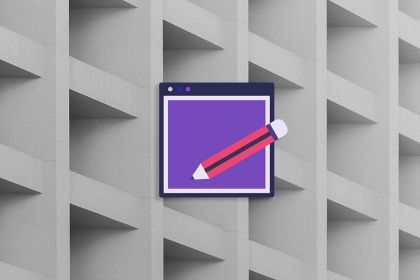
Discover how to craft UX-friendly hero sections with examples, design tips, and strategies that drive engagement and conversion.
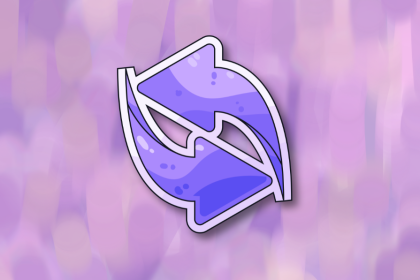
I once sent a half-written email by accident, until Gmail saved me with an Undo button. Those tiny moments define trust in UX. In this guide, we’ll break down how to design reversible actions, when to use them, and how to choose the right recovery pattern for your product.
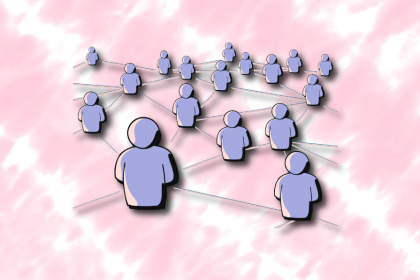
Small qualitative samples aren’t a weakness. They’re a strategy. This guide breaks down the evidence, the mindset gap, and how to build trust around research decisions.
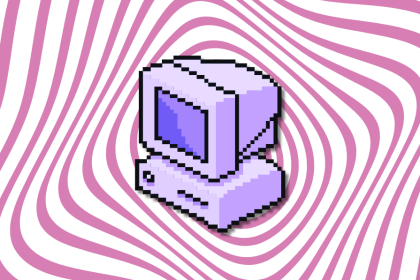
From pixel art to neon palettes, retro design is resurging across marketing, gaming, fashion, and indie web. Learn how nostalgia, brand differentiation, and anti-minimalism fatigue are shaping modern UX and how to balance style with usability.